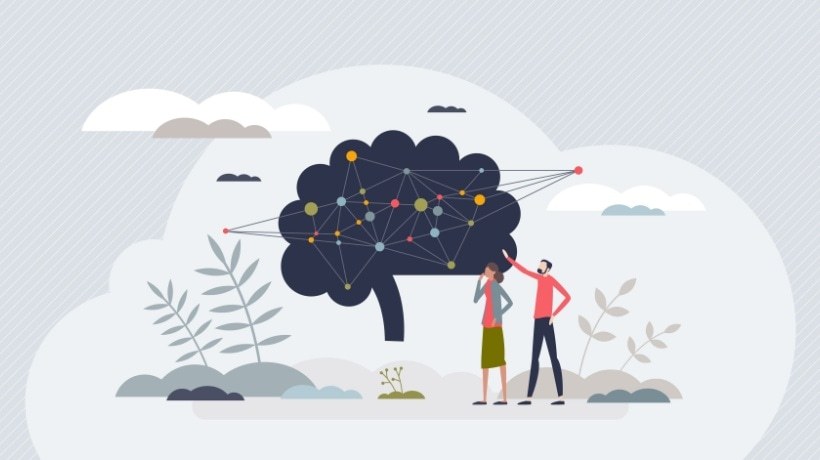Let's Revise The Neuroscience Insights
We’ve all heard the saying that kids are like sponges, soaking up every new bit of information thrown at them. In fact, the average two-year-old has roughly twice as many synapses (the points where neurons communicate with each other) as the average adult. However, adults’ capacity to learn shouldn’t be discounted. Despite the lack of idioms about adult learning, neuroscience studies have shown that neuroplasticity, the brain’s ability to change and grow, lasts throughout the human lifespan.
Of course, the ability of the brain to learn and retain new things does slow down a bit with age, but there are ways to create learning plans that can help make up for this. Neuroscientific studies can provide us with some insight into the best ways to create an effective learning environment for learners of any age.
Neuroscience Insights On The Ideal Learning Environment
Despite what we may say about ourselves in job interviews, we, as a species, are not good multitaskers. Numerous studies have shown that when even one additional task is added to what we are currently working on, our accuracy and efficiency suffer for it. This is true for both the work world and the academic world.
Try to keep a simple and neat learning environment, free from distractions for students, in order to keep their attention on the material. This can be difficult in this age of online learning, with learners in all manner of different environments. However, things like keeping some sort of visual on the screen to follow along with, and having learners participate in activities, can help ameliorate these kinds of setbacks. When designing lessons, it’s important to keep them tightly focused on the target material, with elements that allow learners to concentrate on one task at a time.
The Experiential Element Of Learning
Perhaps a more commonly overlooked element of course building, the learning environment itself can play a significant role in the learning process. Neuroscience studies have shown that the brain learns best by utilizing both experiential and environmental factors. Even more important than the environment, however, is the experiential element of learning. Giving context to the target material can help learners solidify the new information in their minds. Neuroscience research has shown that when a learner can find or create meaning in the new material based on their previous knowledge, they are better able to remember the new material.
When creating lessons, find a way to tie new information to things the learners already know or have already experienced in their daily lives. Incorporate elements that allow learners to manipulate the information or interpret it from different perspectives, and encourage "trial and error" style learning. By allowing students to connect and experiment with the target material, you ensure that they are truly comprehending and retaining the information.
Neuroscience Insights On Learning And Emotion
Neuroscience research tells us that one of the most pivotal building blocks for successful learning is emotion. Helping the learner connect information they already know with the new information is an important first step, but finding a way to help them connect with the material emotionally ensures they will remember it. This can be done in a number of different ways.
Using humor in lessons has proven to be an effective way to help students connect to the material emotionally. Studies have shown that adding humor, even just in the form of memes and little jokes, can improve student engagement and overall recall of the material they've learned. Another study showed that eliciting emotion through the use of vivid colors, sound effects, and anthropomorphized characters helped students retain and utilize the learning material better than their peers learning the same information in a neutral setting. Spending a little extra time adding these types of elements to a lesson plan can prove to be very effective at helping students to learn the material.
Conclusion
In the age of standardized tests, much of our learning material is veridical. This type of learning is based on learning the "right" answers to more rigid questions, and is often referred to as "teaching to the test." However, neuroscience research continues to show that this is not the most effective way of teaching. Non-veridical learning, such as looking at information from multiple points of view and utilizing skills like reflection and interpretation, helps learners connect to the material and retain the information over time. When designing coursework, we should aim to keep it focused and to make it relatable to our learners.









